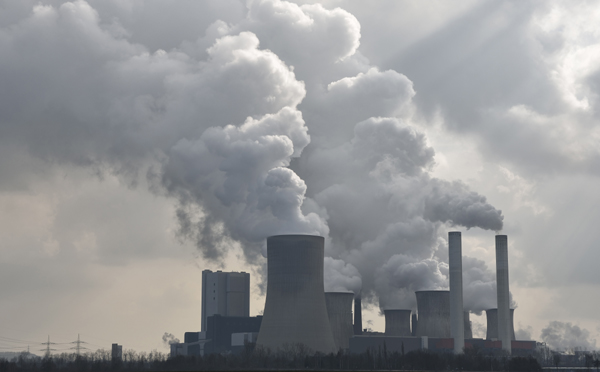The Pollution Control Board Assam (PCBA) is a body that is responsible for monitoring the city’s ambient air quality under the guidance of the National Air Quality Monitoring Programme (NAMP). The pollution control body has recorded an incredibly high level of air pollution in all the air quality monitoring stations present in the city. The number of deaths that are caused due to Acute Respiratory Infections (ARI) attributed to a rise in particulate matter (PM) 2.5 and PM 10 in Assam has increased considerably. Assam Air Pollution is no more a simple case to be dealt with.
The National Health Profile, 2018, released recently by the Central Bureau of Health Intelligence (CBHI) reported that Assam alone had 20,667 ARI cases and 200 deaths in 2016. This figure increased to 22,834 ARI cases with 225 deaths in 2017. Assam is said to be the most polluted North Eastern state in the country. Other Northeastern states like Arunachal Pradesh, Manipur, Mizoram, Nagaland, Sikkim, Tripura, and Meghalaya reported 3, 23, 36, 9, 8, 21 and 7 deaths respectively because of ARI in 2017.
While the state had permissible limits of sulfur dioxide and oxides of nitrogen, the particulate pollution has really amped up in the last few years. The air quality monitoring station at Bamunimaidam has revealed that the presence of respirable suspended particulate matter (RSPM) and suspended particulate matter (SPM) has stayed on an all-high since 2008.

Moreover, the city of Guwahati has one of the highest Black Carbon pollution levels in the world. The reason for such high BC levels is the rapid urbanization in the city. Also, the environmental quality control in the city is unable to sustain the instant increase in the city’s population growth in the last 10-12 years. The population has resulted in infrastructural growth with the city is unable to take.
Sharad Gokhale, the professor of environmental engineering of civil engineering in IIT Guwahati said, “The rising levels of PM 2.5 and soot particles in the atmosphere are responsible for the ARI cases. The link between asthma and the rising PM 10 and NO2 levels already were observed in the UK. He also said that the secondary particles have risen due to the rise in the city’s temperature and these particles are the major reason for respiratory diseases that pose a serious threat.
The air quality in Guwahati was recorded to be at its lowest between 6 pm to 8 p.m. The air pollutants in the air are always at its peak every evening. This is the time when most people are either coming out from their jobs, going back home or out for a stroll down the city’s marketplaces. The high AQI has made it worse for people who are now unable to feel at their best while the day ends. This also hampers their sleeping habits leading to uneven hours that are spent during each day.
Since there’s an increase in PM 2.5 particles, there is a possibility that they can hamper almost all cities in Assam. These particles are lighter and can float to long distances. They can also traverse deep into the human lungs that can eventually cause cancer and other respiratory problems. The increase in Assam’s AQI is not something that has shown gradual change. Moreover, it will keep increasing since most cities in the state are now undergoing technological and infrastructural development. Steps need to be taken – Both by the government and the people to fight this increase since this is only going to get worse if not taken into consideration.